Exploring Bhutan through Travel Photography
Along the eastern edge of the Himalayas sits a Buddhist kingdom known as Bhutan. Bhutan is revered for its many monasteries, fortresses (called “dzongs”) and outlandishly impressive landscapes from rugged mountain peaks to serene valleys. Having the chance to visit this country is a life-changing experience. One that travel photography attempts to capture but is truly best seen with one’s own naked eye.
Still, travel photography of Bhutan like you’ll see here can give you a taste of what to expect when you visit this destination to trek. Be humbled, and be forever changed by your experiences. Some of the most notable places in Bhutan have been captured in my portofolio. I hope they will give you an idea of where you should be sure to visit.
Paro
This valley town just west of Thimphu, the capital, is the only place in the country where you’ll find an international airport. It’s your way in, but beyond that, there are a number of sacred sites to see. Of them, Taktsang Palphug, known as the Tiger’s Nest is a monastery nestled upon the cliffs overlooking the forests of the Paro Valley. Words cannot aptly describe the visions you’ll see though travel photography gives you the real picture. Paro Dzong is truly a marvel of Bhutanese architecture. With buttressed walls and a grand presence, you can see it towering over the town from just about anywhere in the valley. The true name of this dzong is Rinchen Pung Dzong which means “Fortress on a Heap of Jewels.”
Another reason to visit Paro is during the Paro Tshechu, or festival. This festival revolves around religious dances. It has been an annual event ever since the 17thcentury which was initiated by Zhabdrung Ngawang Namgyel, the founder of the state of Bhutan and Ponpo Rigzin Nyingpo together as part of the consecration of the Paro Dzong in 1644. The monks and laymen in their intricate masks and costumes are unlike anything you’ve witnessed before. Visiting Paro during the Tshechu is truly the best time to come.
Thimphu
The capital of Bhutan is located in the western portion of the interior. It’s where the government functions, however it’s more well-known for its Buddhist sites. Tashichho Dzong is an absolute must-see. It’s massive in size as one would expect for a monastery and government palace rolled into one. You can’t miss it from the gold-leaf bedazzled roofs, a glimmering sight on the horizon. Memorial Chorten is another golden sight, complete with gold spire. It is one of the most respected Buddhist shrines and is a tribute to Jigme Dorju Wangchuck, who was Bhutan’s third king.
Gasa Valley
This northernmost district connects the other districts of Thimphu, Punakha, and Wangdue Phodrang. Tibet sits just to the north of it. With huge elevations, this scene is beyond spectacular, making for travel photography dreams. The winters here are intensely long and cold, but a visit in the brief summertime is a sublime treat. Here, you’ll see the nomadic herders known as the Layaps. They make products from their yaks and harvest a type of mushroom used in Asian medicines. It is here that the gorgeous forests, healing hot springs, and the Gasa Dzong beckon travelers from all corners of the world. The adventurous traveler shouldn’t miss the Snowman Trek, known as one of the most fierce in the Himalayas.
Staying two nights in the Gasa Valley, I was able to take an impressive early morning photo of mighty Khang Bum. Khang Bum reaches a height of 6.494m and forms part of the Eastern Himalayas. It was one of this magic moments of landscape photography.
Additionally, if you’re planning a visit to Bhutan, it might be best to do so during the Gasa Festival. Each year, it grows in popularity likely because the experience is a once-in-a-lifetime treat. What it gives you is the chance to fully experience this remote Dzongkhag which has the nickname “Hidden-Land Rice Valley” for good reason.
Haa Valley
Along the most western edge of Bhutan, this gorgeous valley speaks for itself. Isolated behind the Chele La mountain ridge, it offers a quaint experience in Bhutan as the smallest dzongkhag in the country. The isolation here isn’t lonely but rather more inspiring than anything. Travel photography of Bhutan truly brings it to life.
Punakha Valley
Known for rice farming of both red and white varieties along the Pho and Mo Chu rivers, this valley is also home to the Punakha Dzong. Called by locals “Pungtang Dewa chhenbi Phodrang,” it translates to “the palace of great happiness or bliss”. It’s hard not to be happy in such beautiful surroundings, honestly. Interestingly, it was the administrative center and seat for the government of Bhutan until the capital was moved to Thimphu in 1955. Incidentally, this dzong is the second oldest and second largest in all of Bhutan. My travel photography attempts to capture just how impressive it is.
Whether you practice Buddhism or you simply want to explore a world vastly different than the one surrounding you locally each day, a trip to Bhutan can be the eye-opening change in scenery that you need. With friendly locals, vivid natural settings, inspiring natural light and plenty of opportunities for adventure both of the rugged type as well as the adventure of learning about the monks, monasteries and life of the people of Bhutan, it is an excellent choice to help you get off the grid and truly reconnect with the world. Let this travel photography be your guide and inspiration into your journey to Bhutan.
Articles:
- Travel Article: Festivals of Bhutan – Gasa Tshechu
- Several of my images have been published in the February 2020 issue of Discovery, Cathay Pacific’s iconic inflight magazine.

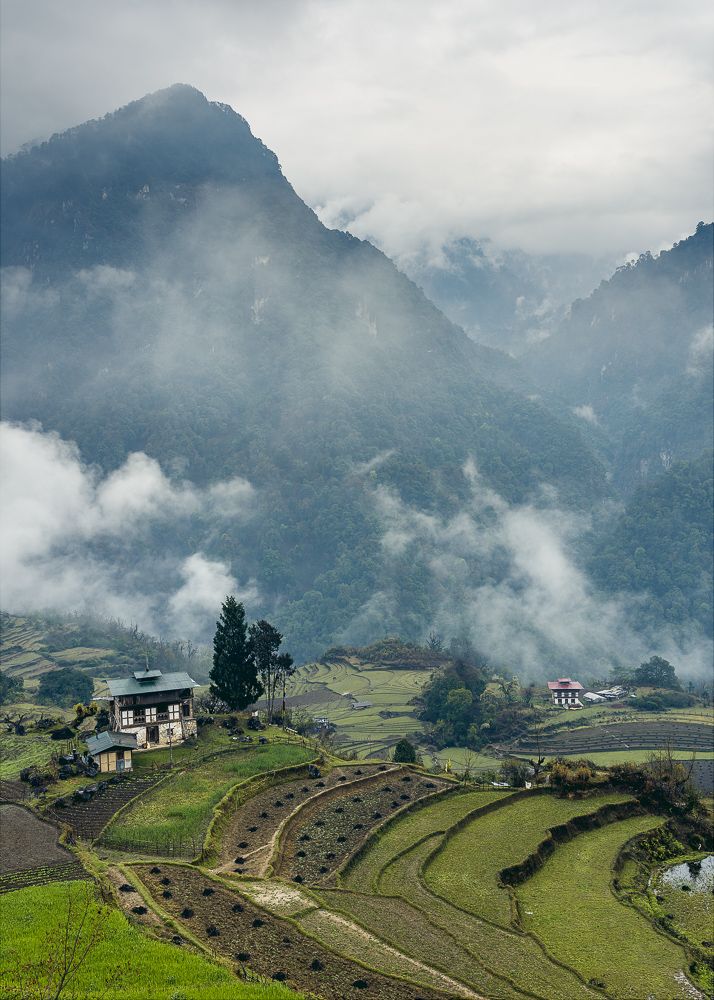

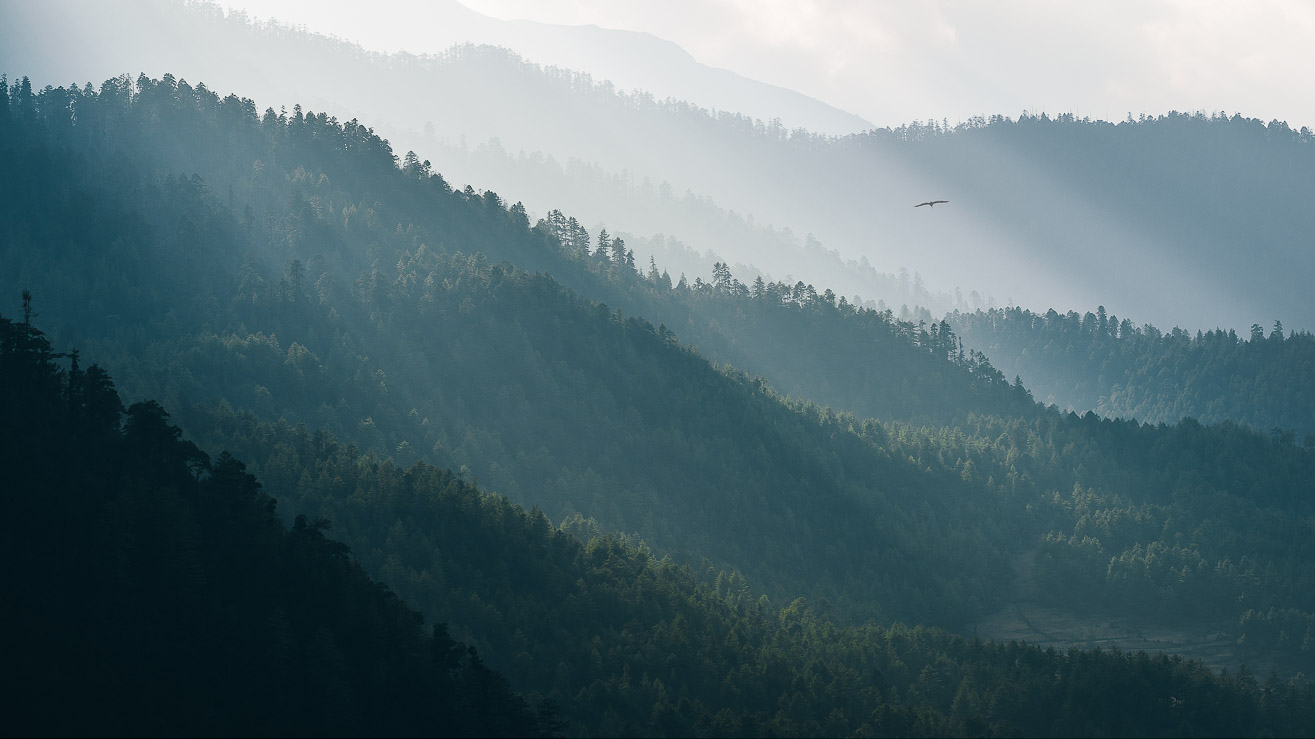

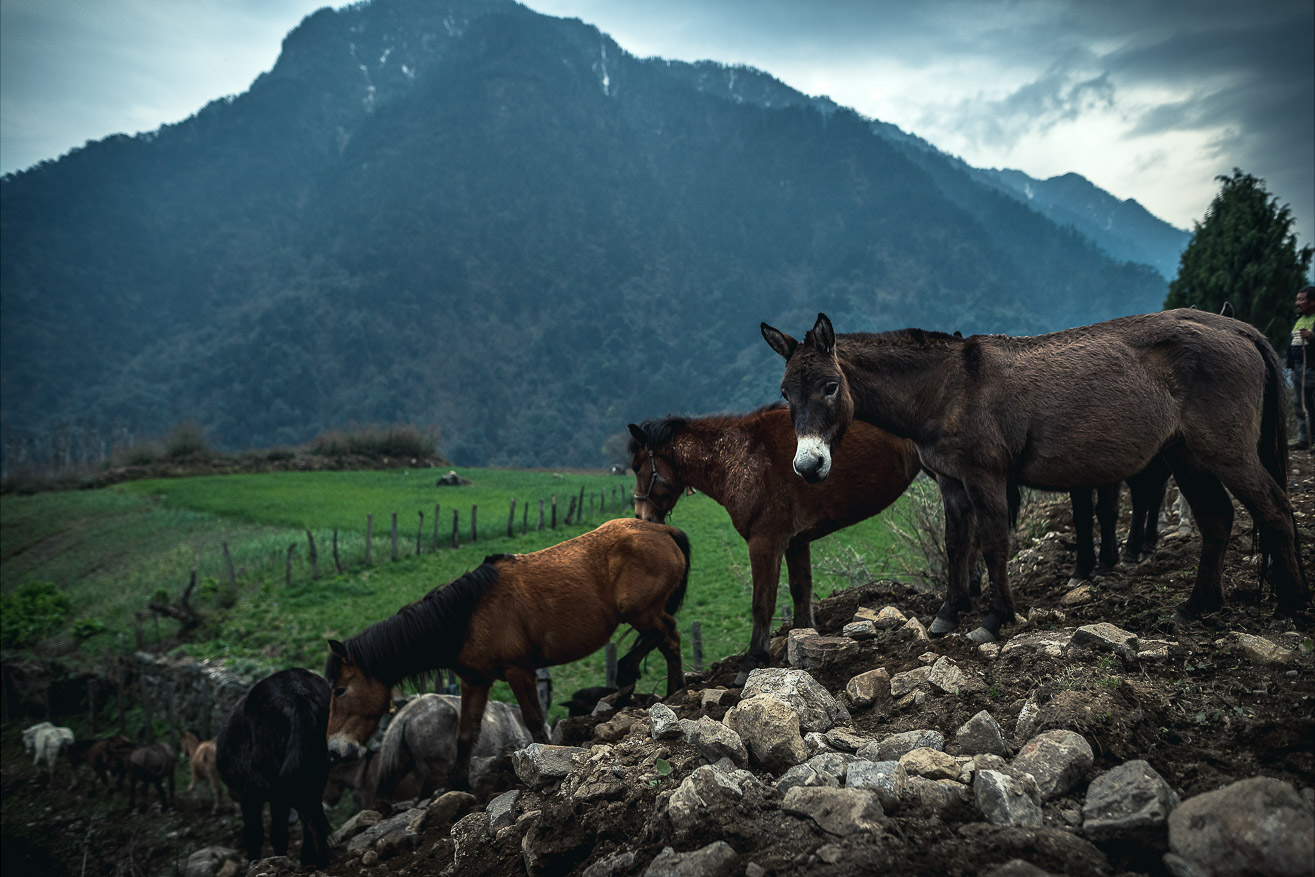
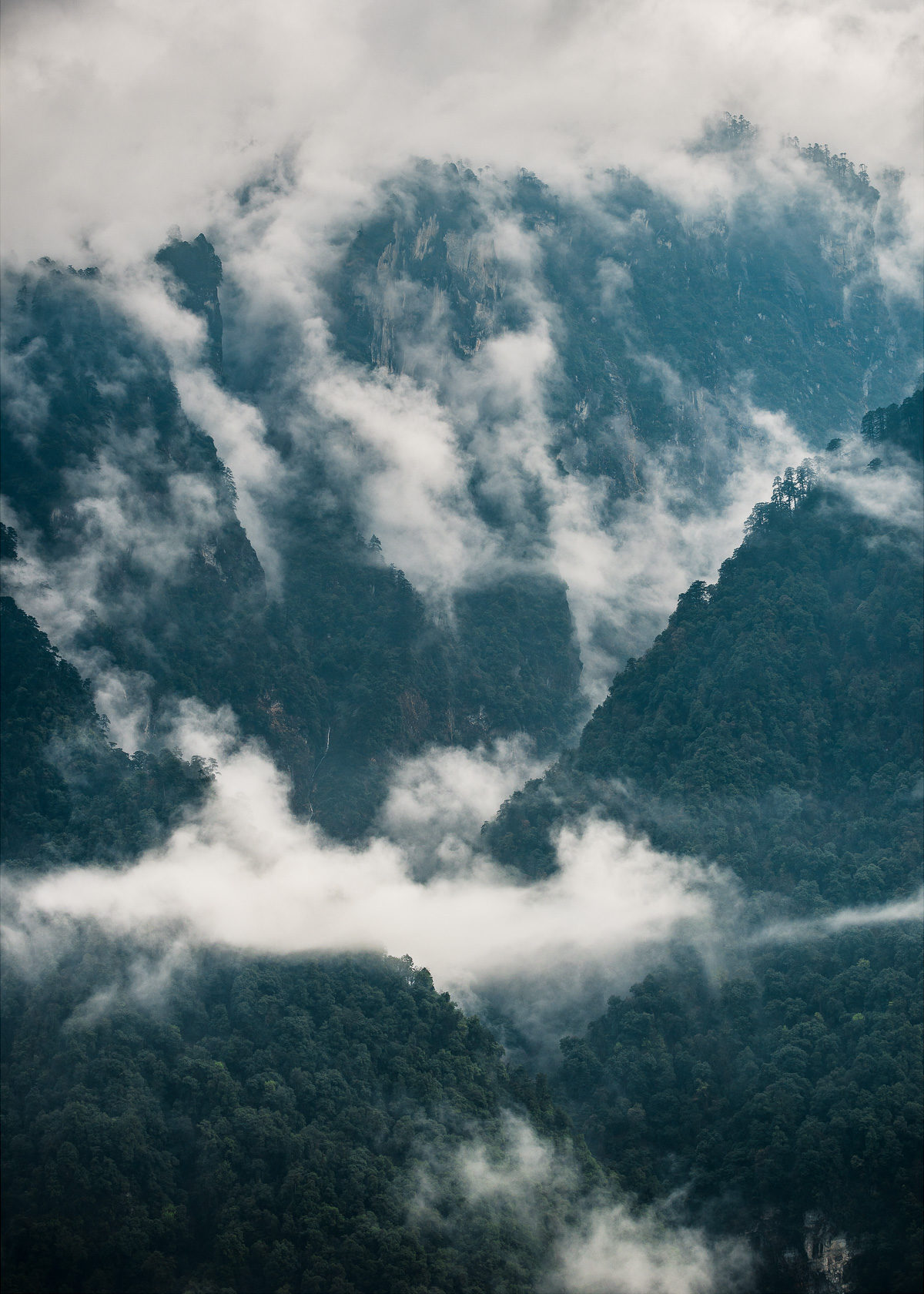
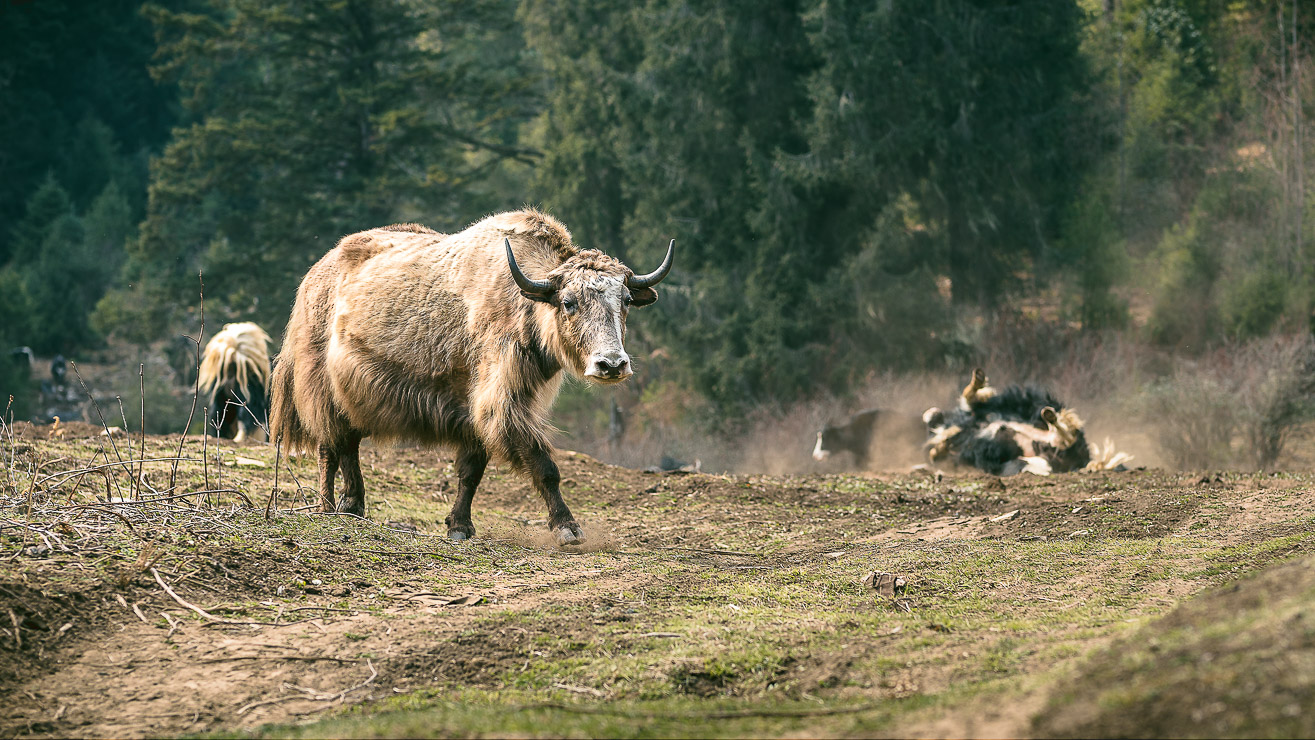
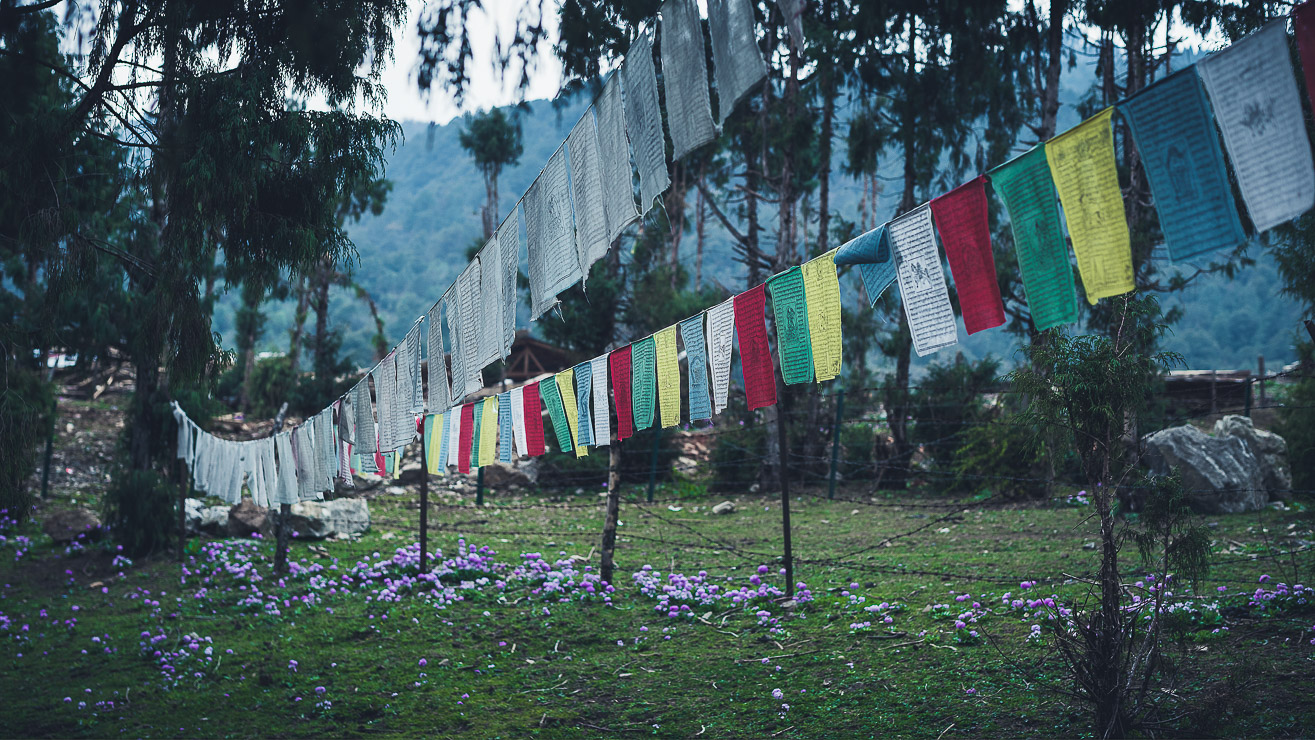


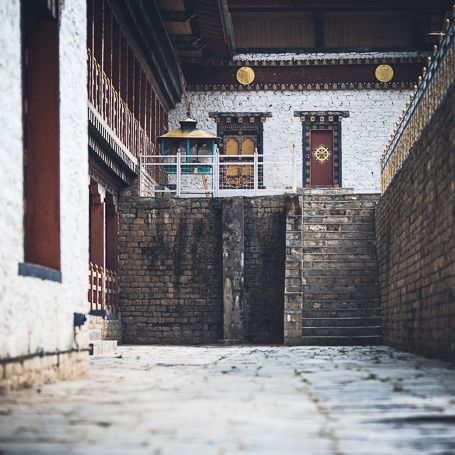

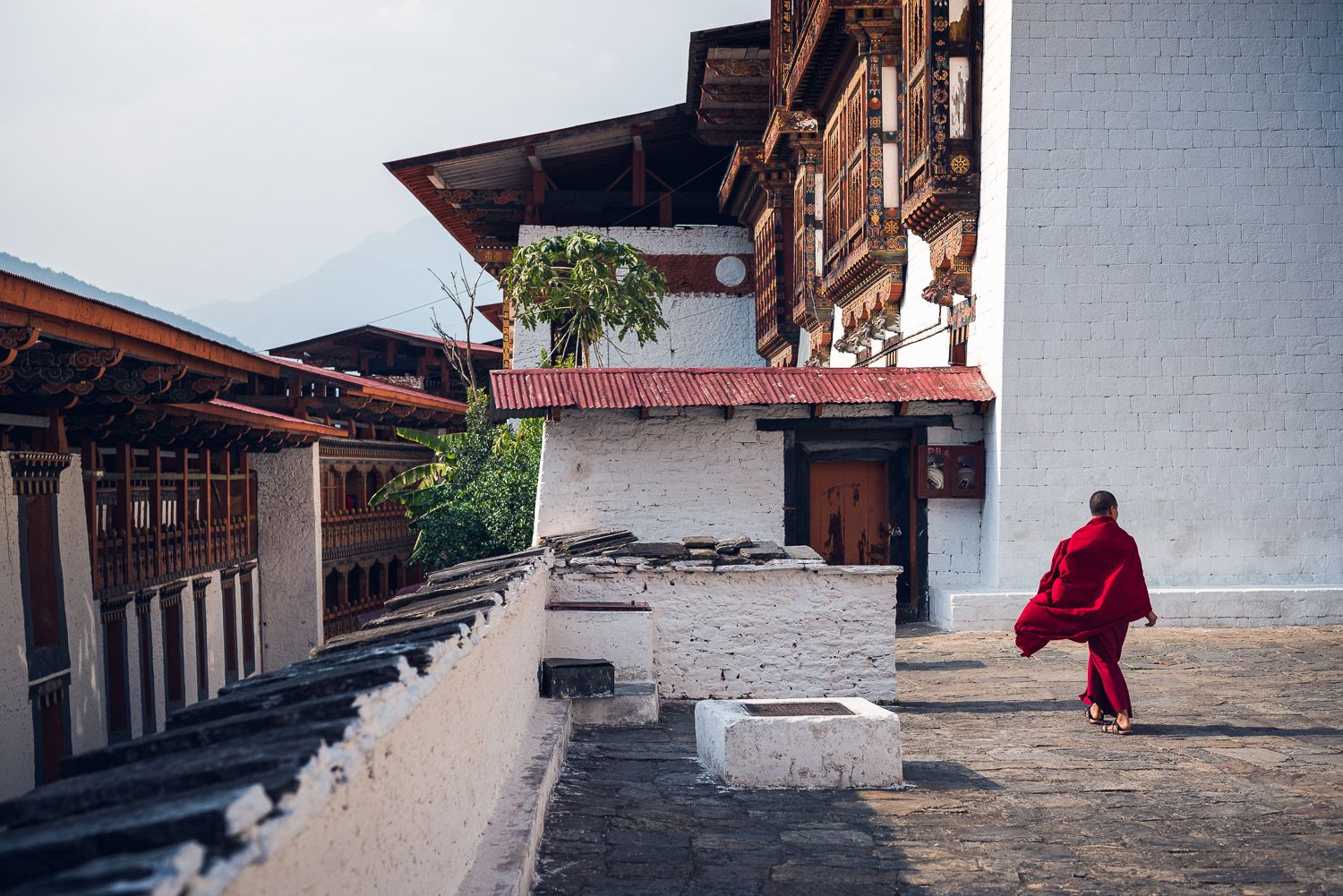
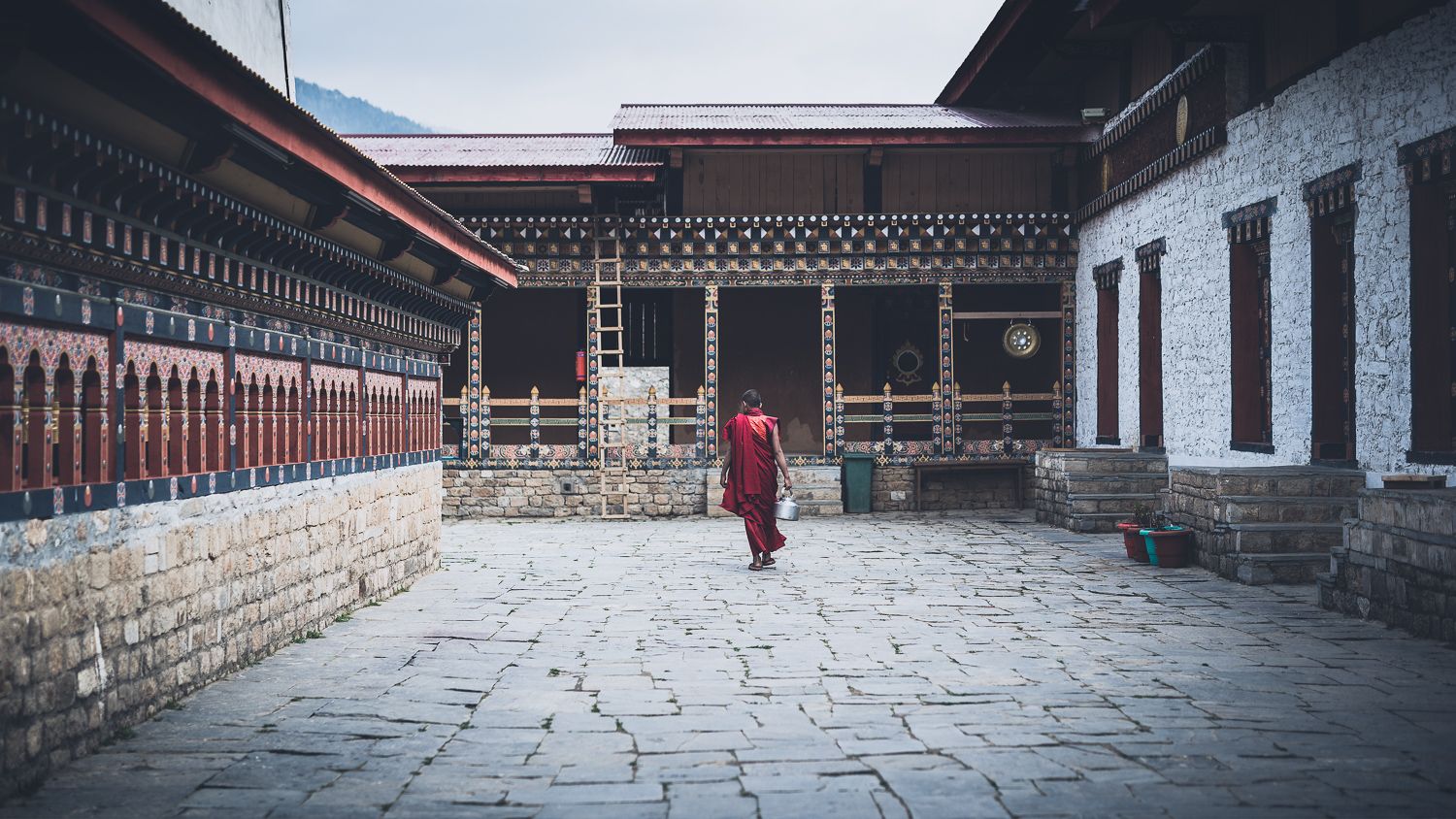
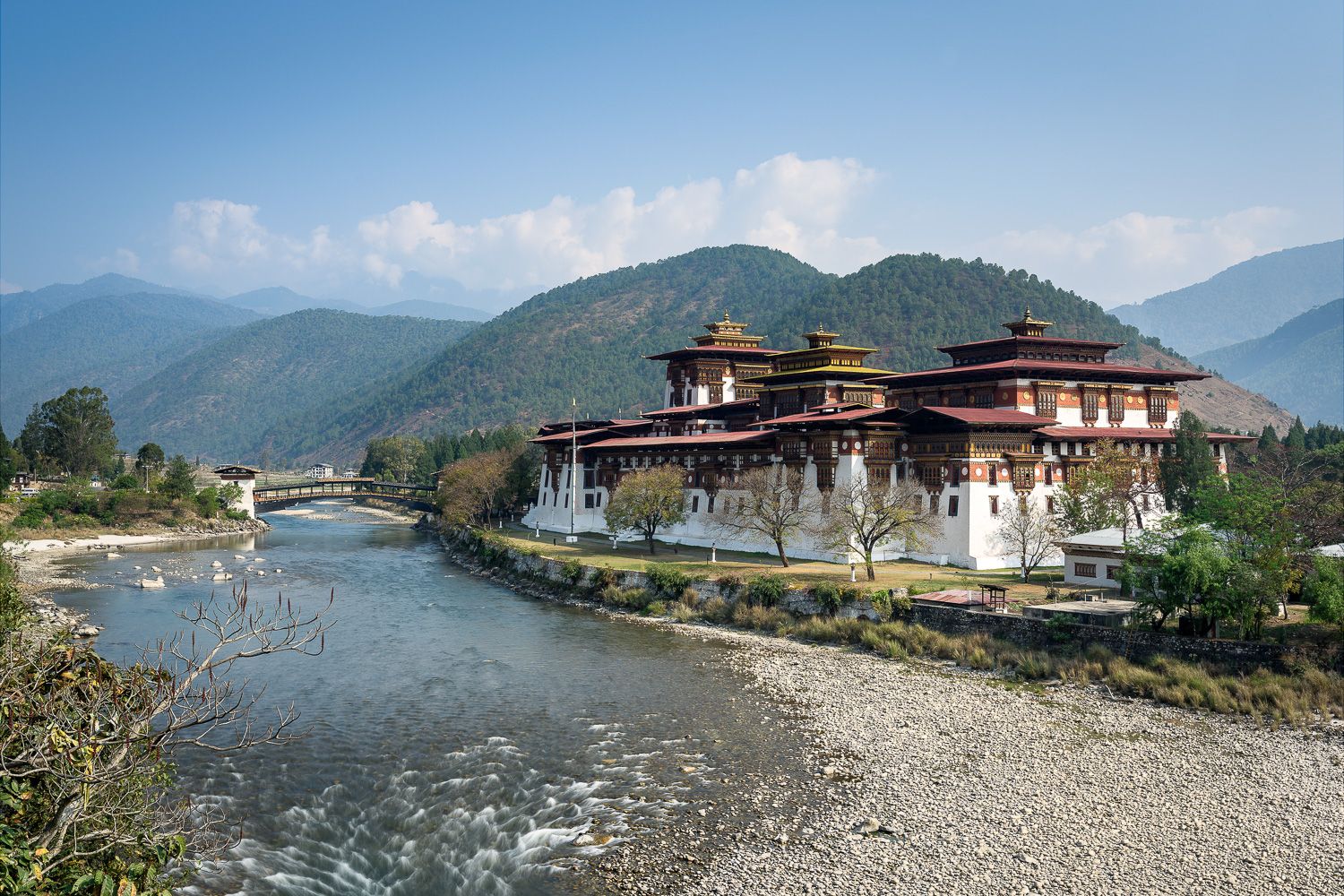
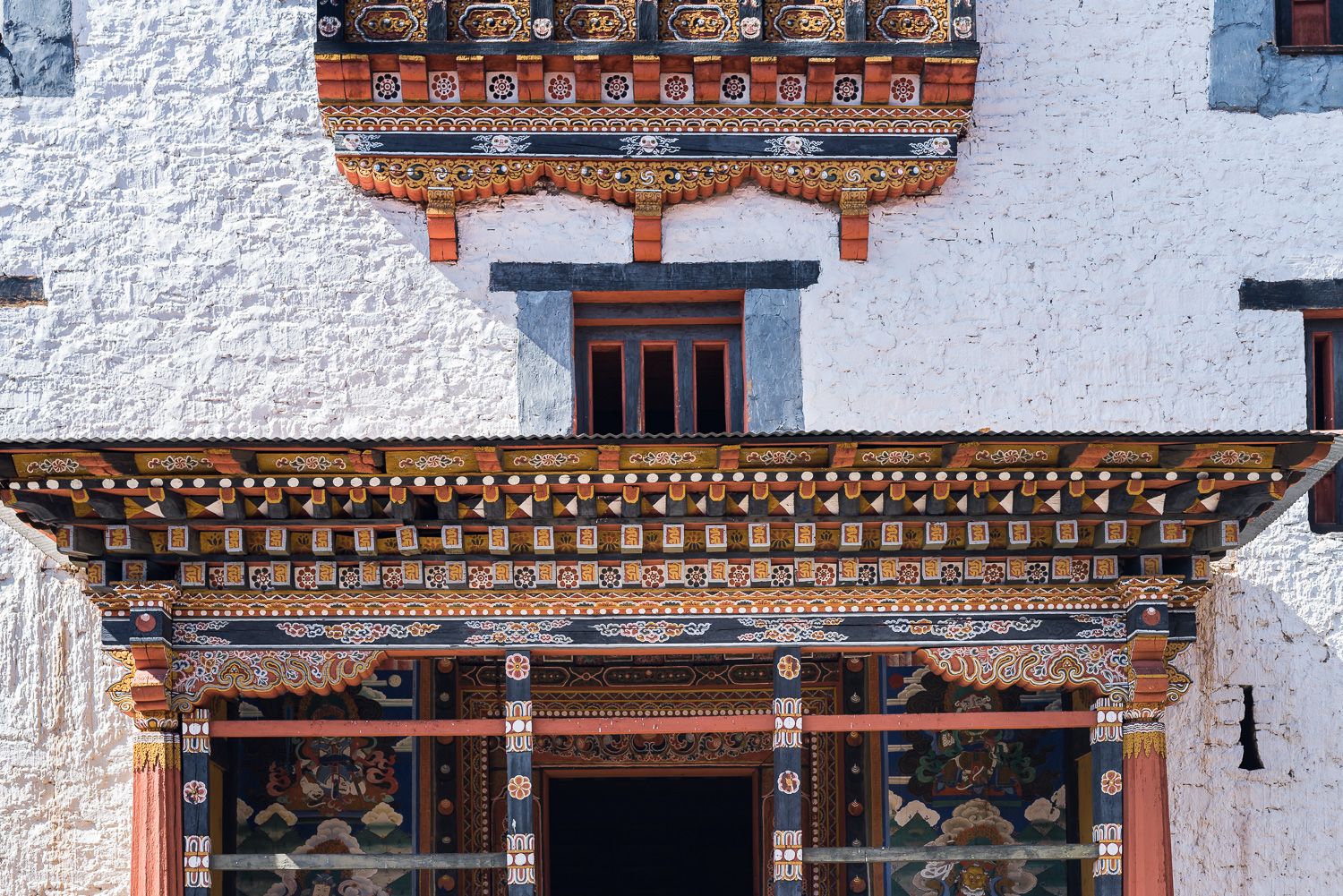
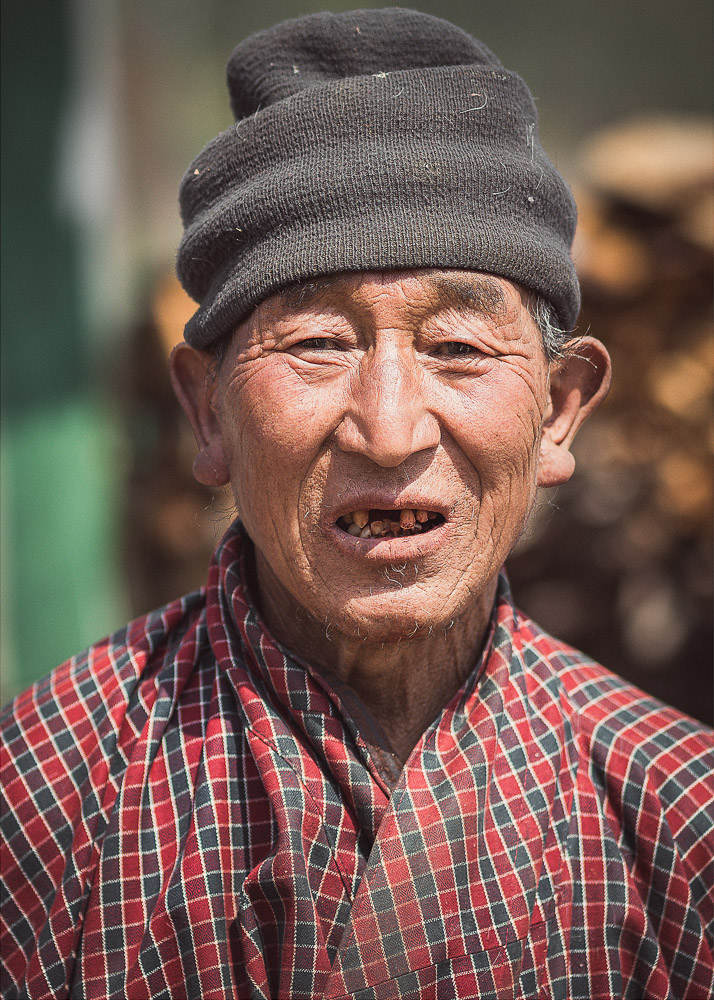

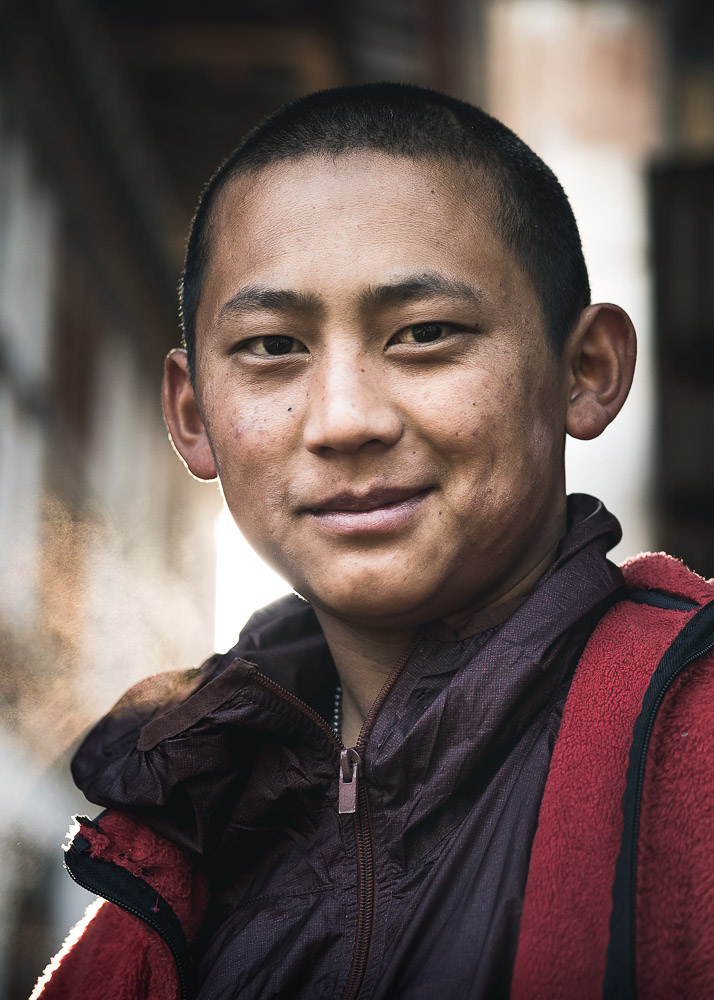
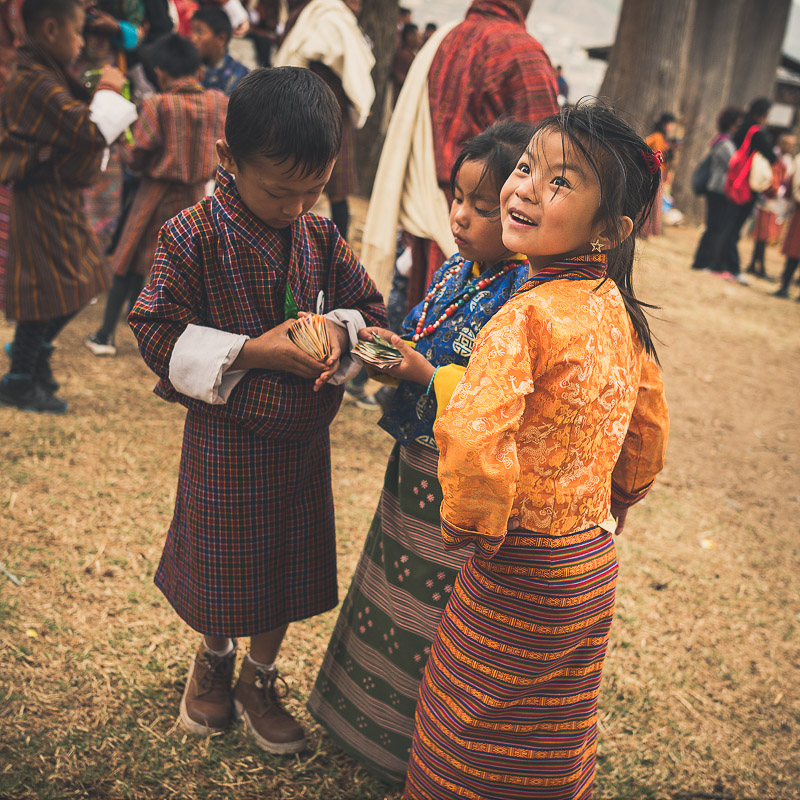
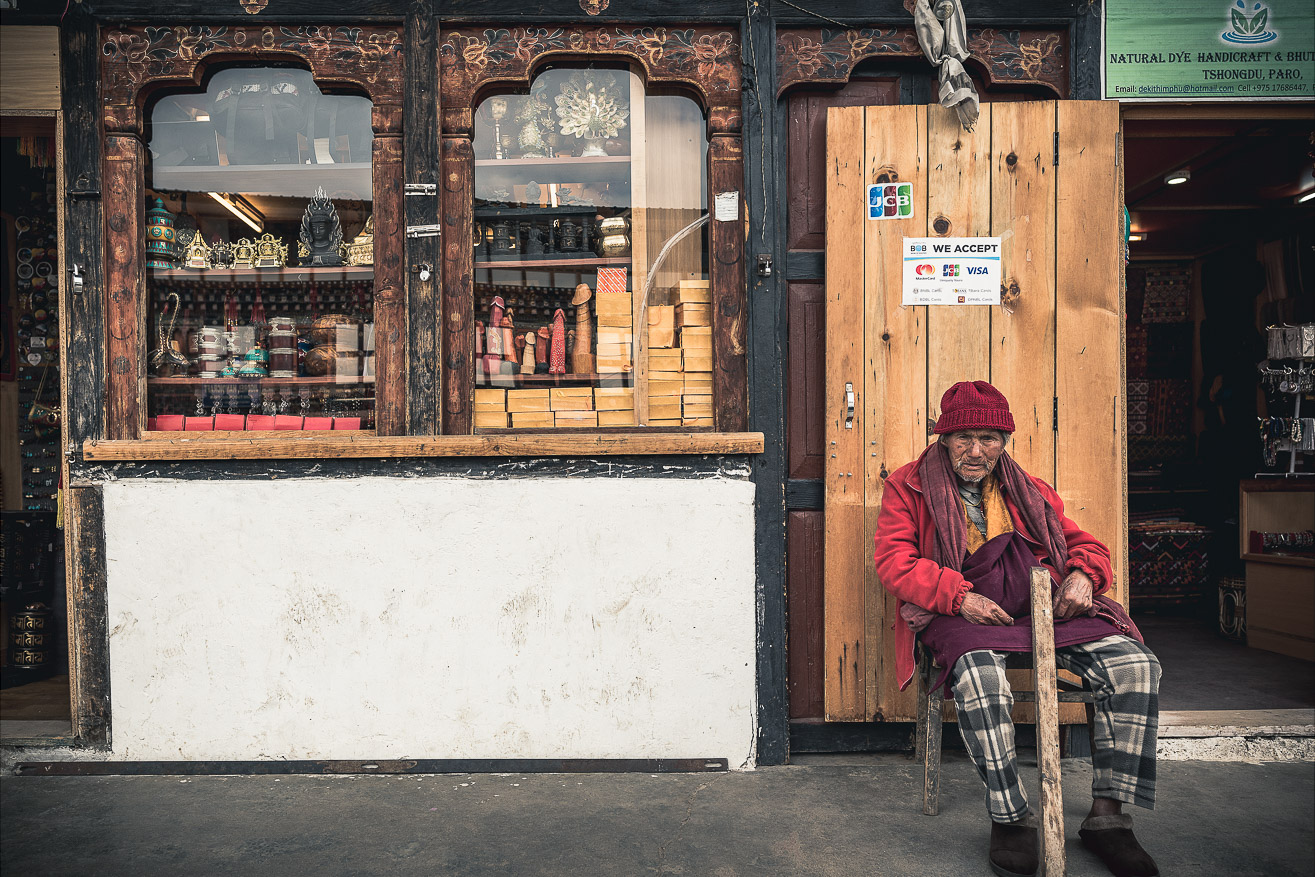
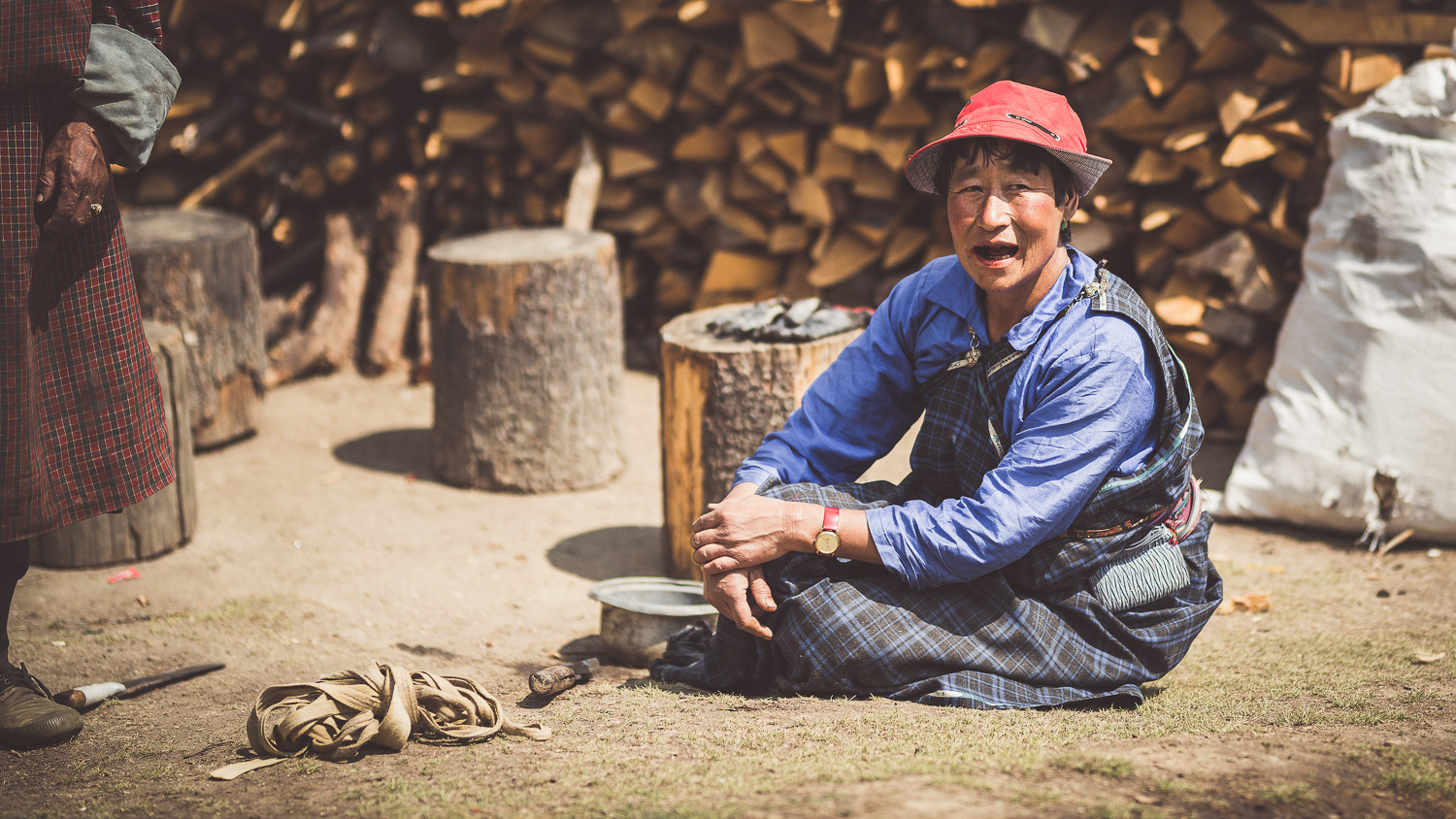
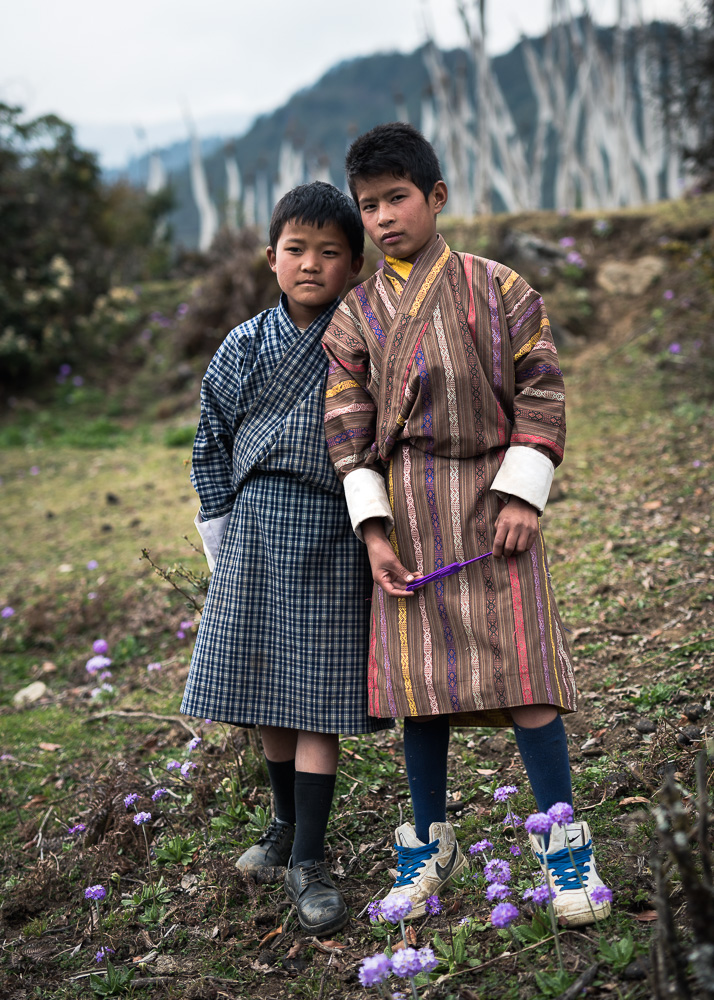
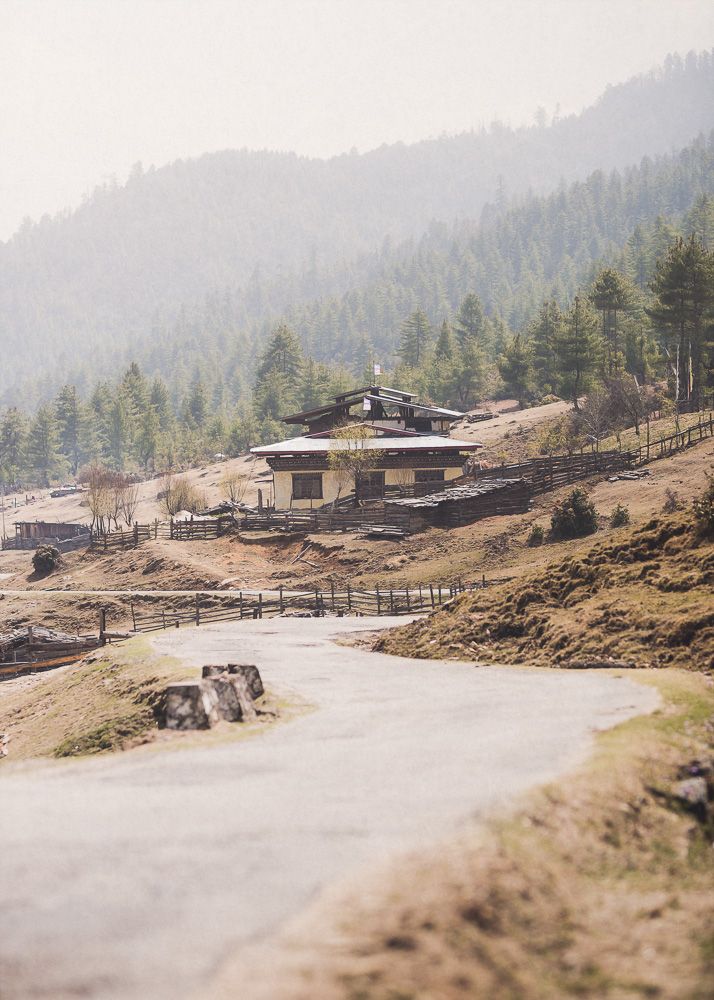
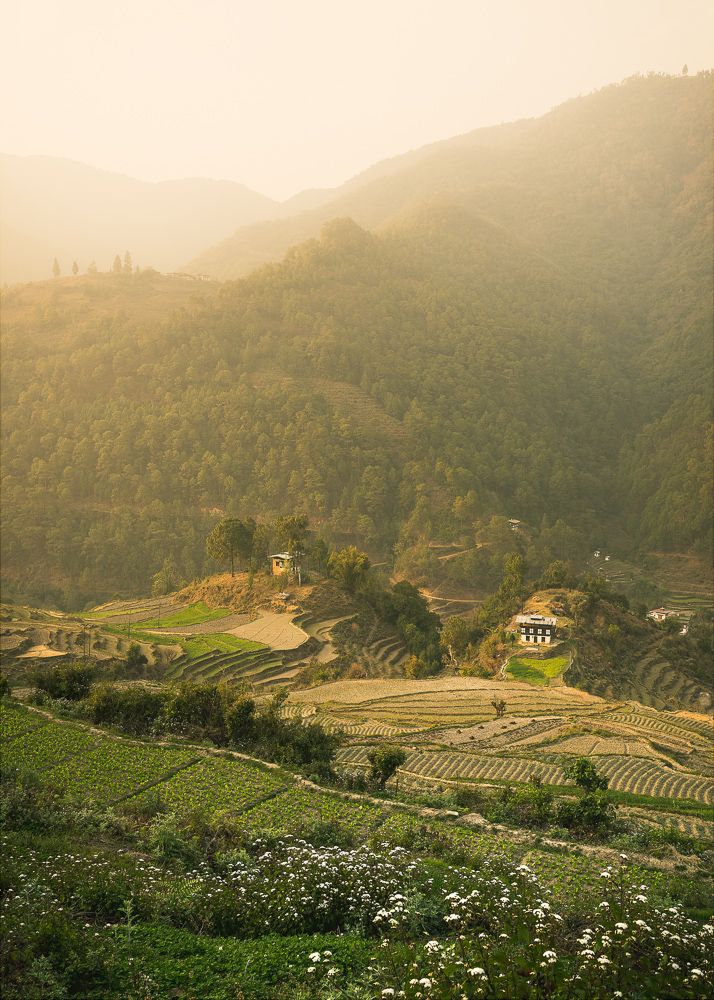
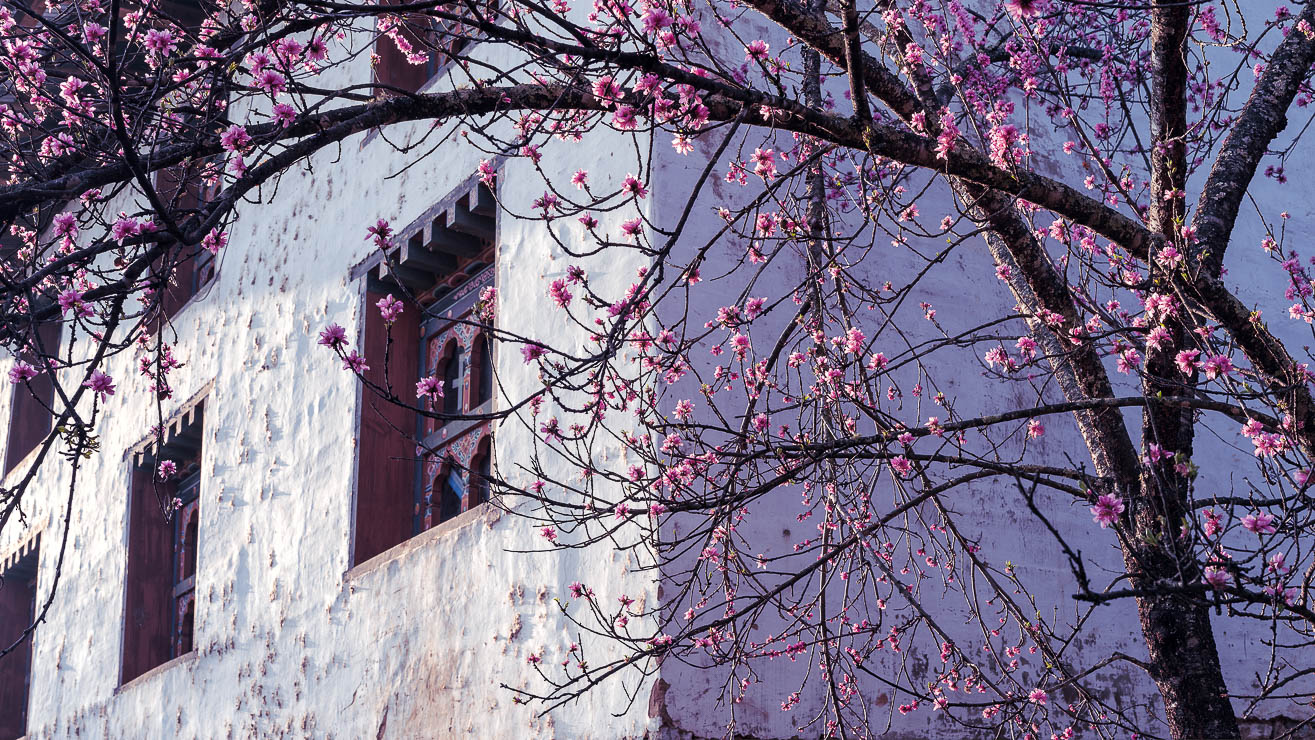
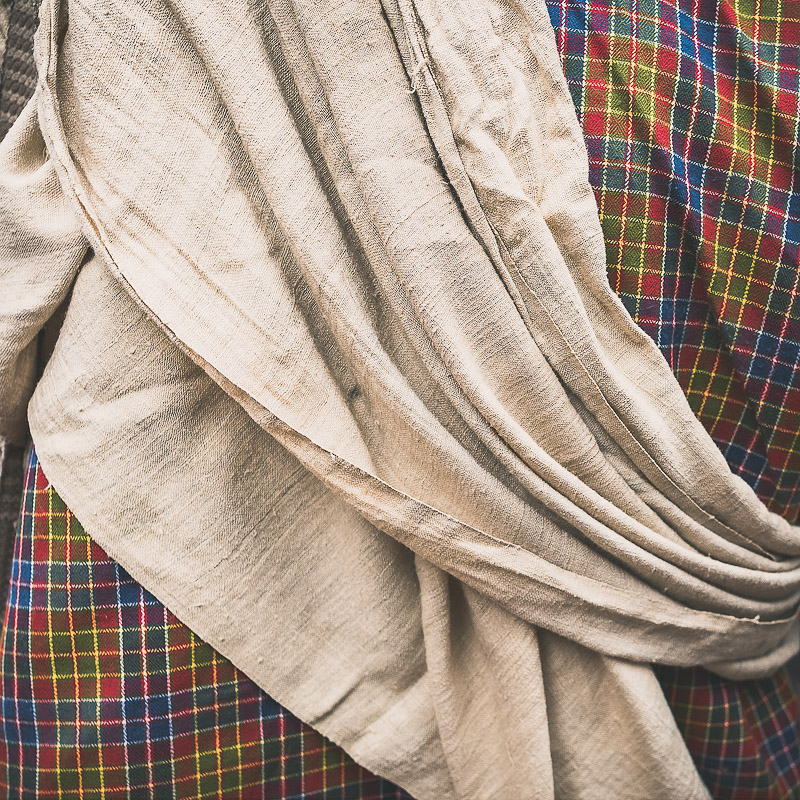
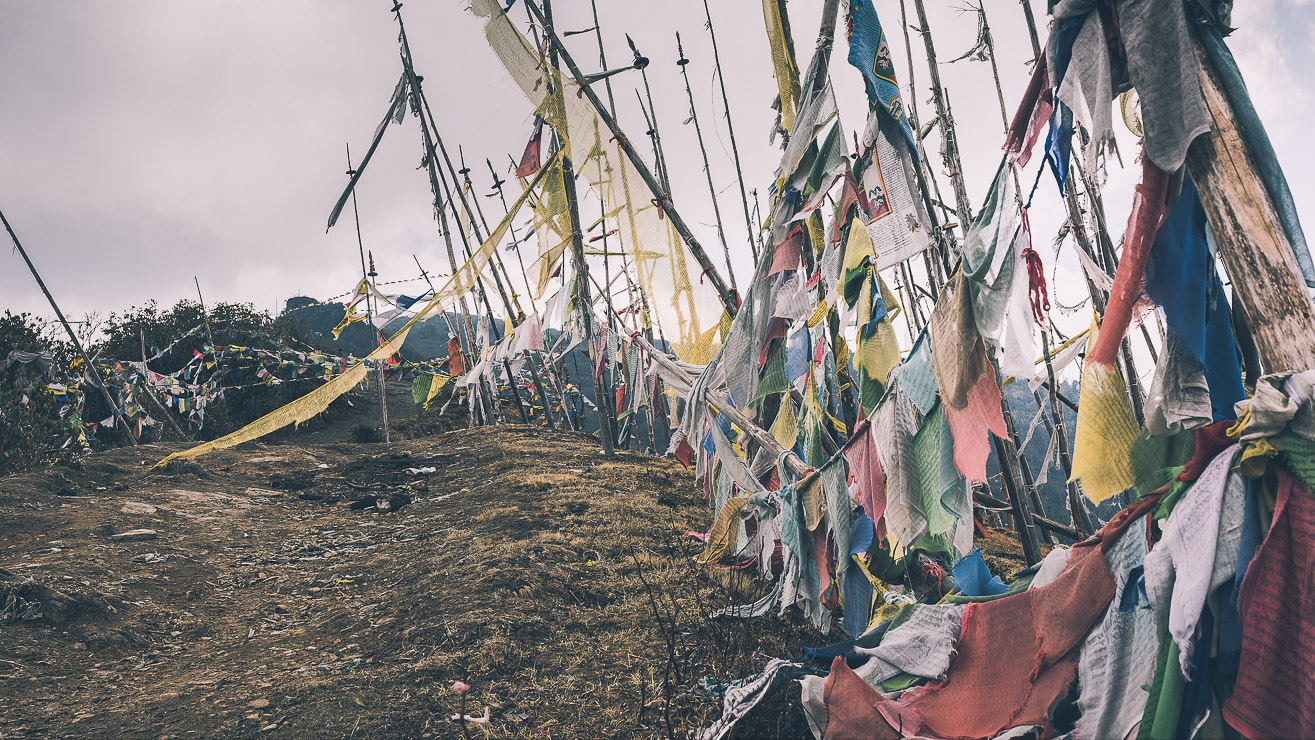
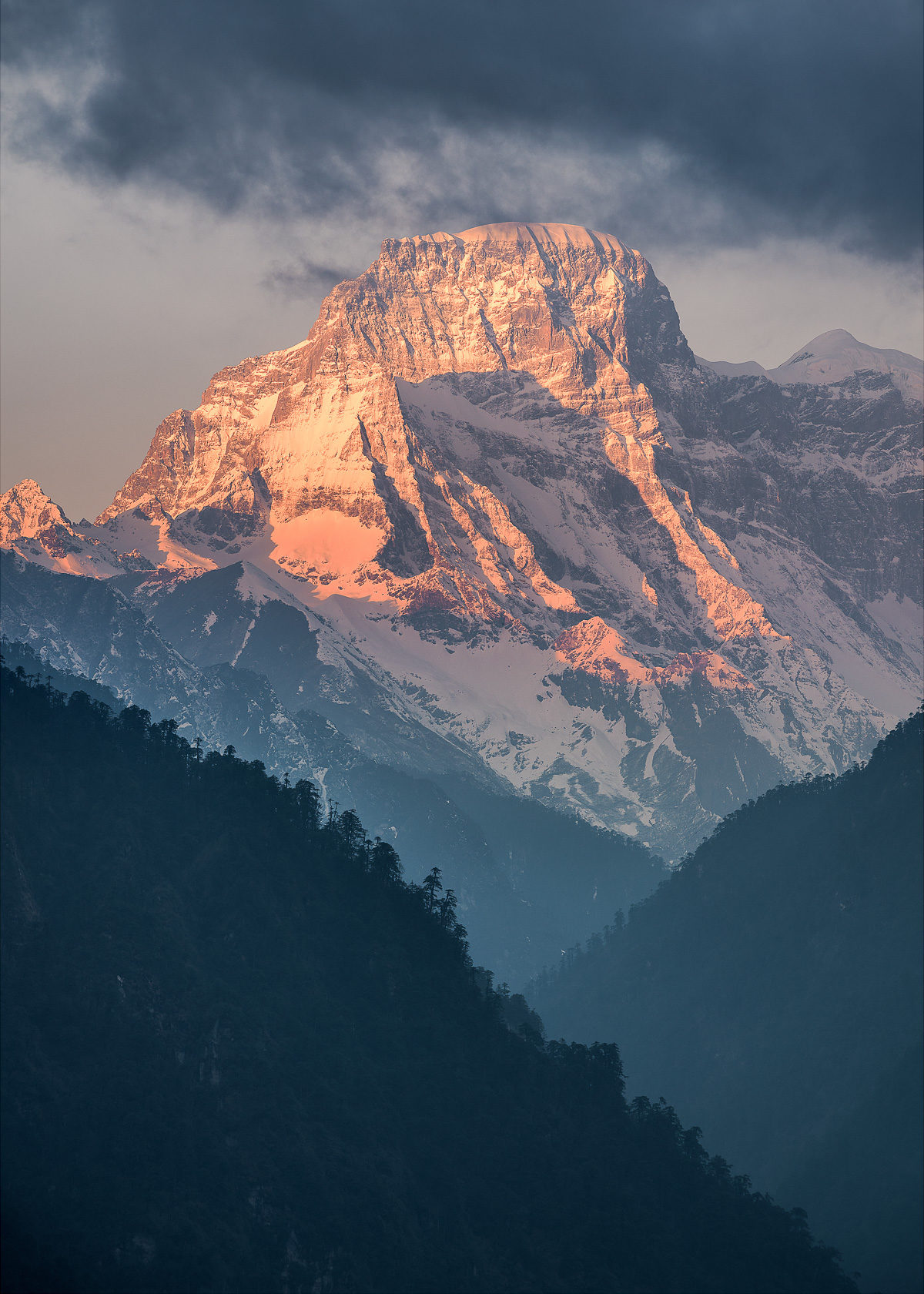
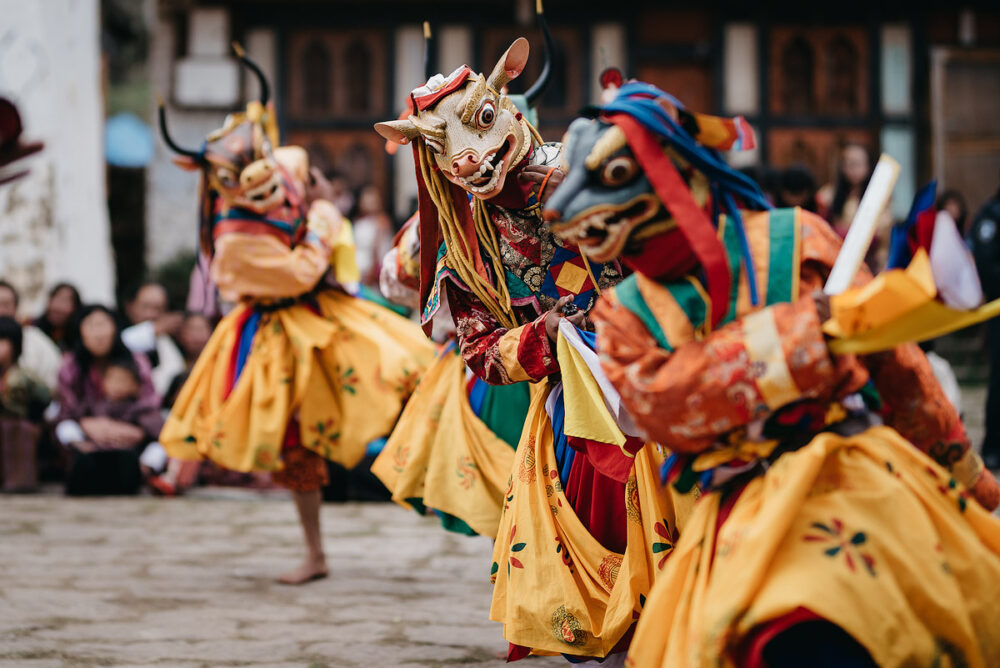
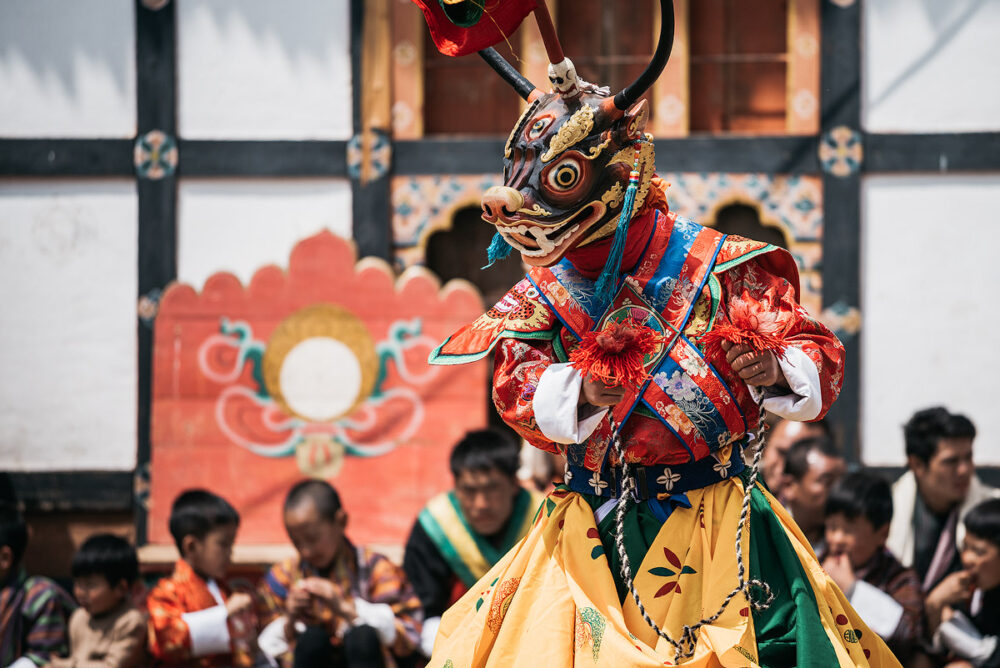
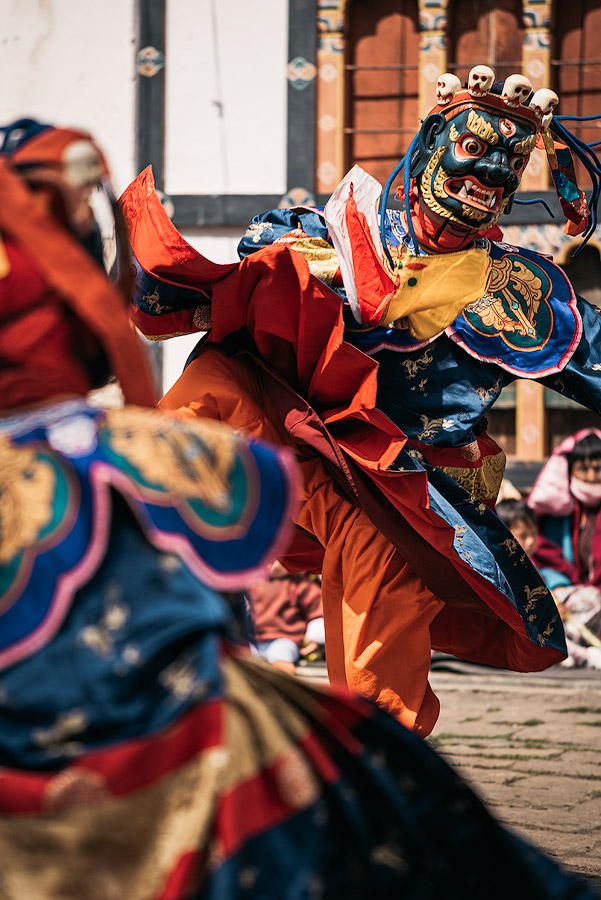
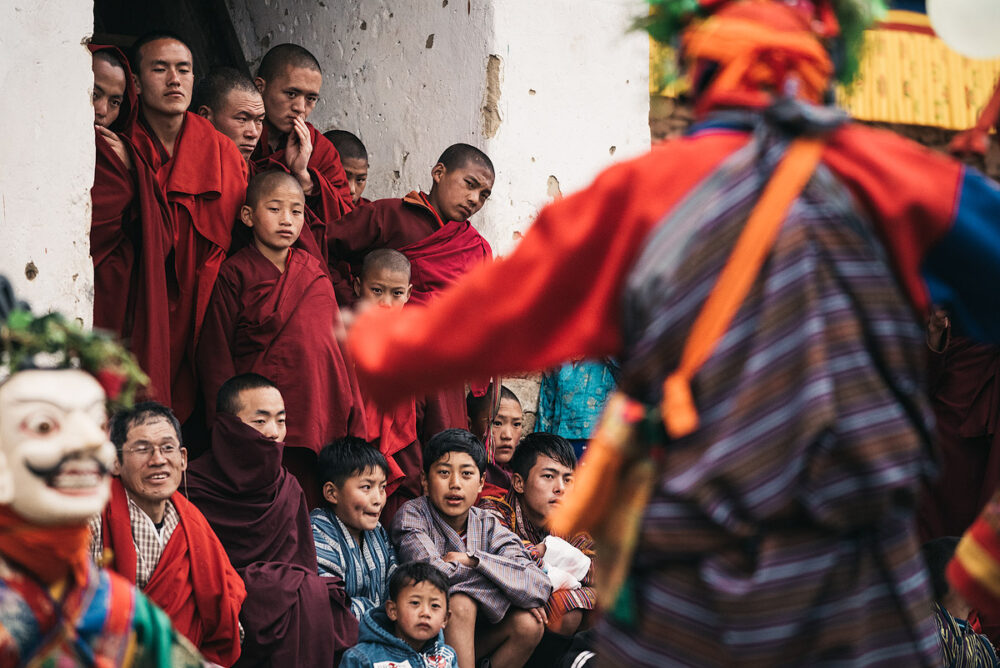
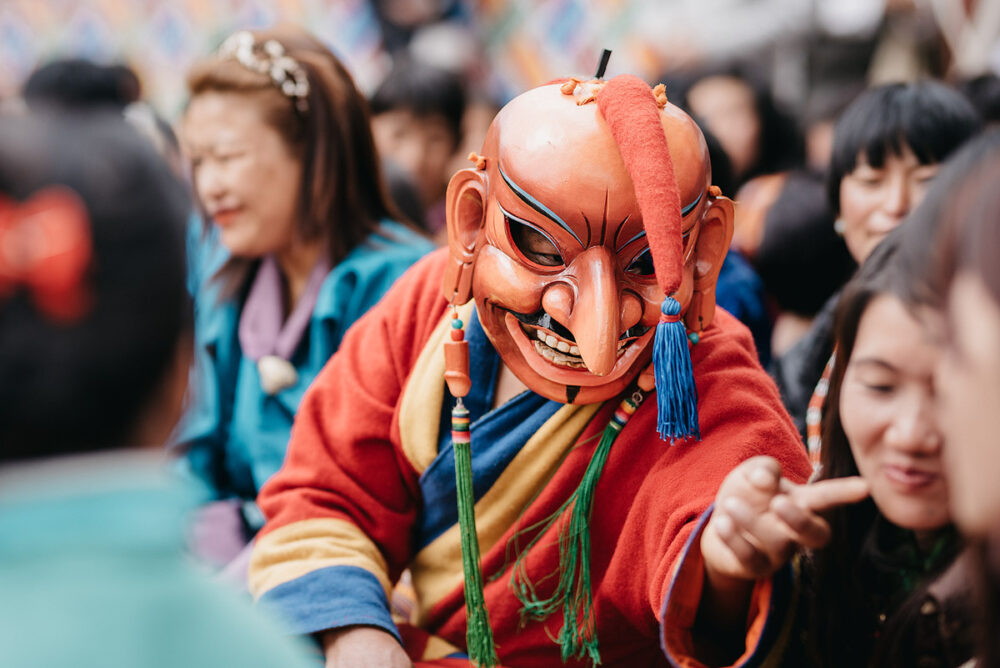
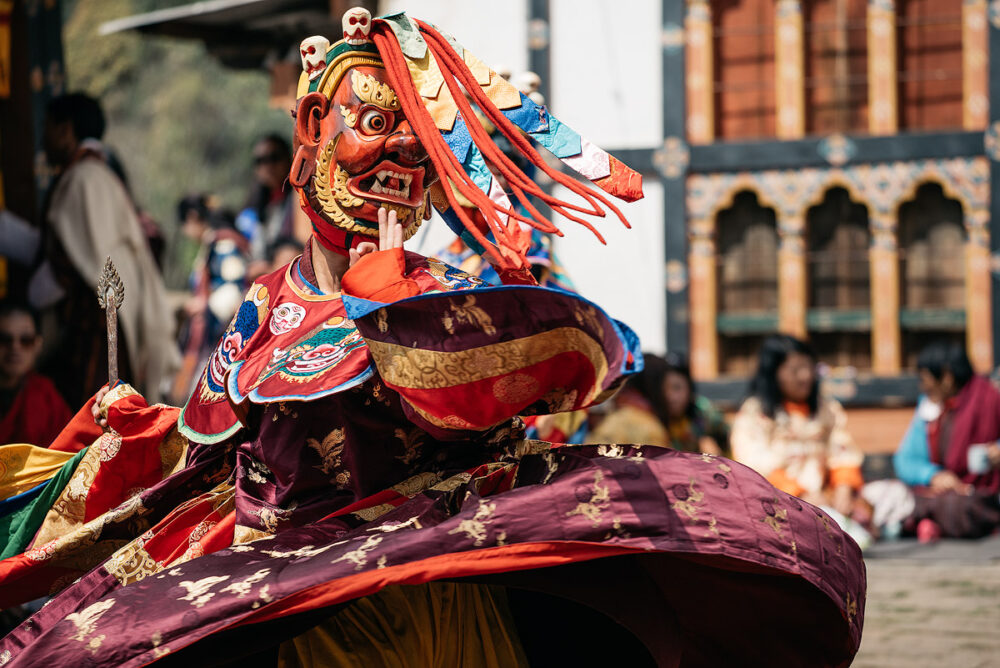
2 Responses